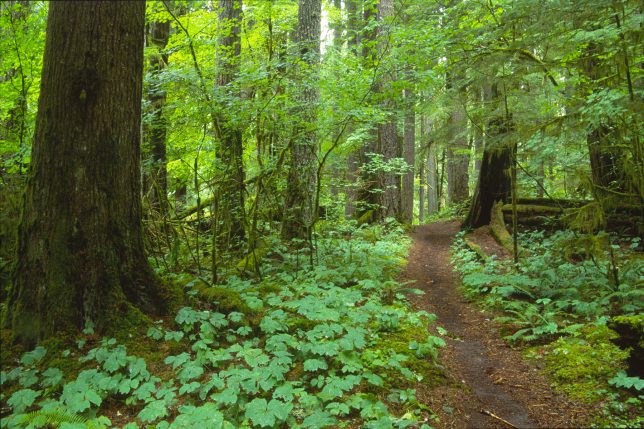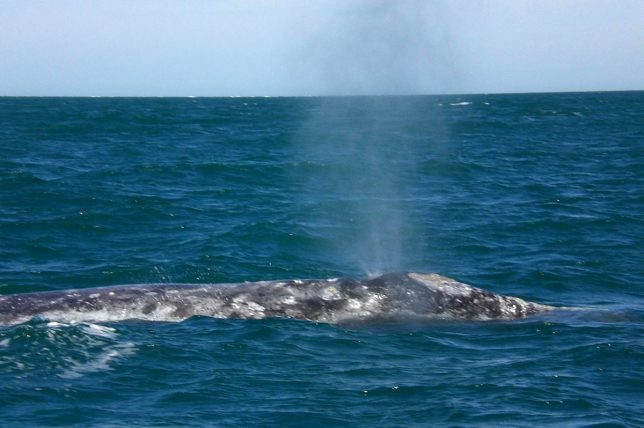What is so-called Forest Therapy?
—Larry Schwarzwald, Page, AZ
Forest therapy uses immersion in nature to help soothe frayed nerves and restore a sense of mental well-being — and has even been shown to boost our immune systems and help us recover faster from physical maladies. The modern forest therapy movement is rooted in the Shinrin-yoku “forest bathing” practice developed in Japan in the 1980s that has since become a central part of preventative health care and healing in Japanese medicine.

“There are an infinite number of healing activities that can be incorporated into a walk in a forest or any other natural area,” reports the Association of Nature and Forest Therapy Guides and Programs (ANFT), which trains students to become certified forest therapists. “An activity is likely to be healing when it makes room for listening, for quiet and accepting presence, and for inquiry through all eight of the sensory modes we possess.”
Practitioners insist that forest therapy is rooted in science, citing dozens of research papers documenting the healing powers of something as simple as a stroll in the woods. According to ANFT, forest bathing seems to significantly mitigate the root cause of a multitude of ailments: stress. Given the role of stress in everything from headaches, high blood pressure, heart problems, diabetes, skin conditions, asthma, arthritis and other health problems, forest therapy could be an important part of staying or getting healthy.
“Levels of the stress hormone cortisol decreased in test subjects after a walk in the forest, when compared with a control group of subjects who engaged in walks within a laboratory setting,” adds ANFT. “Forest bathing catalyzes increased parasympathetic nervous system activity which prompts rest, conserves energy, and slows down the heart rate while increasing intestinal and gland activity.”
The research bears out the theory: the average concentration of salivary cortisol — a stress hormone — in people who gazed out at forest scenery for 20 minutes was 13.4 percent lower than those in urban settings. Meanwhile, leisurely forest walks were measurably better than urban walks at reducing cortisol levels and sympathetic nerve activity and decreasing blood pressure and heart rate. Meanwhile, other research shows we are better at creative problem-solving after time spent in the wilderness. Additionally, nature immersion has been linked to an increase in immunity boosting “killer T” cells, which the body uses to stave off infections and even possibly to fight the growth of cancer cells.
While anyone can take a hike through the woods and indulge in their own form of forest bathing, going with a guide can make the experience that much more meaningful. And you no longer have to go to Japan to find someone experienced in Shinrin-yoku. ANFT has trained more than 600 forest therapy guides working in 40 countries across six continents to date. Check out its map and directory to find one near you, whether you’re in North America, Western Europe, Southeast Asia, Australia or South America.
CONTACTS: Shinrin-Yoku.org; ANFT.
EarthTalk® is produced by Roddy Scheer & Doug Moss for the 501(c)3 nonprofit EarthTalk.

